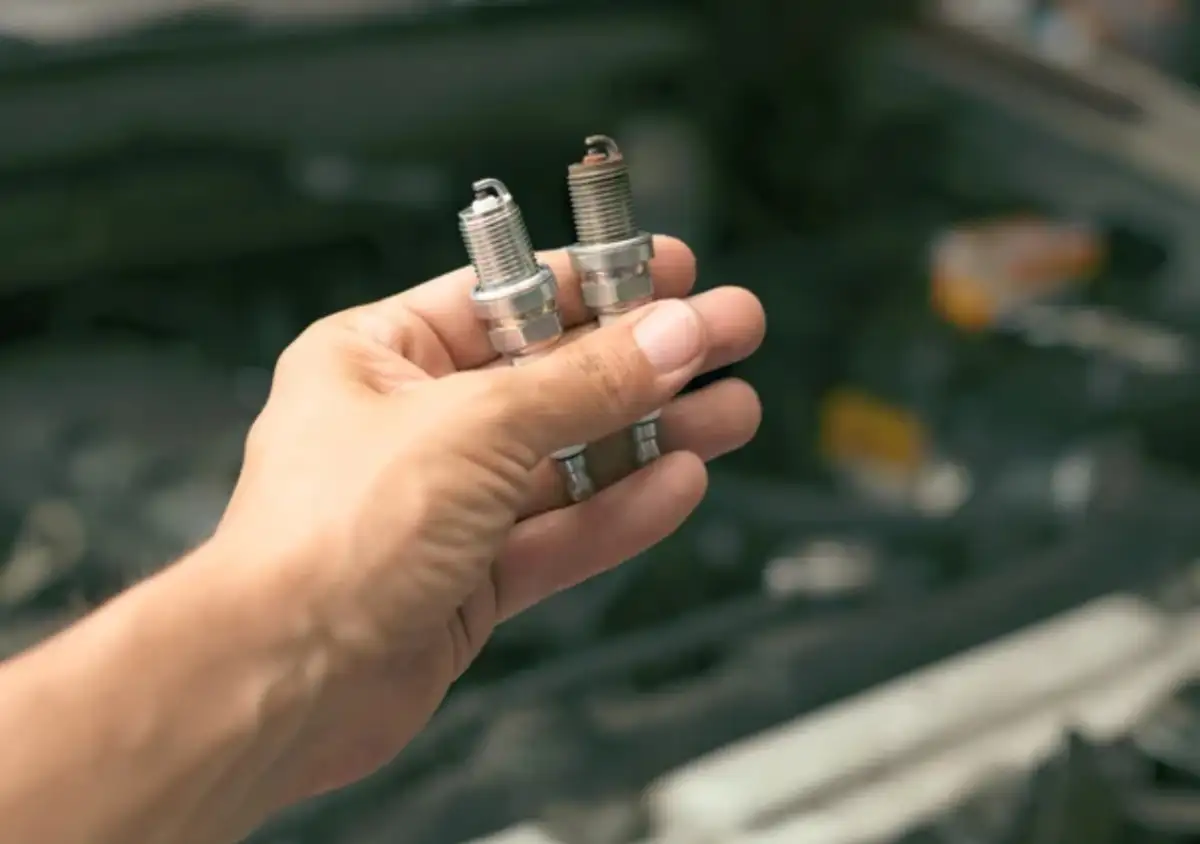- Key Signs Your Spark Plugs Need Replacement
- Spark Plug Replacement Intervals & Materials
- Common Causes for Early Plug Wear
- Warning Signs vs. Engine Symptoms
- “The Cautious Commuter and the Hidden Spark”
- Pro Tips for Spark Plug Maintenance
Spark plugs may be tiny, but they are the unsung heroes that keep your engine running clean, strong, and smooth. These little electrodes face thousands of explosions per minute, surviving extreme temperatures and immense pressures within each cylinder. While most modern spark plugs can last up to 100,000 miles, their inevitable failure can turn even the best car into a sluggish, inefficient, and noisy machine.

Spotting early warning signs helps drivers avoid costly breakdowns, saves fuel, and ensures peak performance. Here’s a professional guide to the key symptoms, technical explanations, and pro tips for changing your spark plugs at the right time.
Key Signs Your Spark Plugs Need Replacement
Trouble Starting the Engine
If your car cranks slowly or hesitates to start, a weak or fouled spark can be the culprit. Old plugs can’t ignite the air-fuel mix efficiently, sometimes leaving you stranded on a busy morning.
Engine Misfires & Knocking Sounds
A skipping, vibrating, or uneven engine means some cylinders aren’t firing properly. Metallic knocking (detonation) suggests the spark isn’t strong enough for a complete burn, causing destructive shock waves within the engine.
Reduced Fuel Efficiency
Worn spark plugs prevent a complete burn, leading to wasted fuel. Even a 10% combustion loss means 3 fewer miles per gallon—and unburnt gas can damage your catalytic converter or pollute the air.
Poor Acceleration & Loss of Power
Notice your car feels sluggish? Hesitation, slow acceleration, and poor response point to weak spark plug performance, often requiring more throttle (and more fuel) for the same results.
Unusual Engine Noises or Rough Idling
Sputtering, jerky or high-vibration idling can all be traced back to worn plugs unable to deliver consistent sparks.

Spark Plug Replacement Intervals & Materials
Standard (Copper): 20,000 – 30,000 miles
Platinum & Iridium: 50,000 – 100,000 miles for “long life” designs
Spark plugs with precious metal tips (iridium, platinum) last longer because they resist high heat without corrosion.
Always check your owner’s manual and select spark plugs that match your engine’s requirements—performance “upgrades” rarely beat the right factory spec for daily drivers.

Common Causes for Early Plug Wear
Oil or carbon build-up fouling the plug tip
Incorrect spark plug gap
Overheating from engine issues or incorrect installation
Prolonged stop-and-go or idling in heavy traffic
Poor quality fuel or additives
Warning Signs vs. Engine Symptoms
“The Cautious Commuter and the Hidden Spark”
A commuter noticed his faithful car hesitated each morning, like a sleepy horse resisting the start of a race. Each day, the problem grew—longer to start, rough idles, and finally, a chorus of knocks echoed under the hood. A wise mechanic changed the plugs, restoring instant starts and smooth, silent running.
Moral: Hidden sparks may be small, but ignoring their whispers can steal your car’s spirit.
Pro Tips for Spark Plug Maintenance
Inspect spark plugs every 30,000 miles, even before reaching the maximum life interval.
Replace with original specification parts—higher grade plugs only benefit if required by the engine.
Avoid cheap, non-OEM plugs; quality pays off in longevity and smooth performance.
Always address oil or carbon fouling in the engine before simply changing plugs, or the problem will return.





